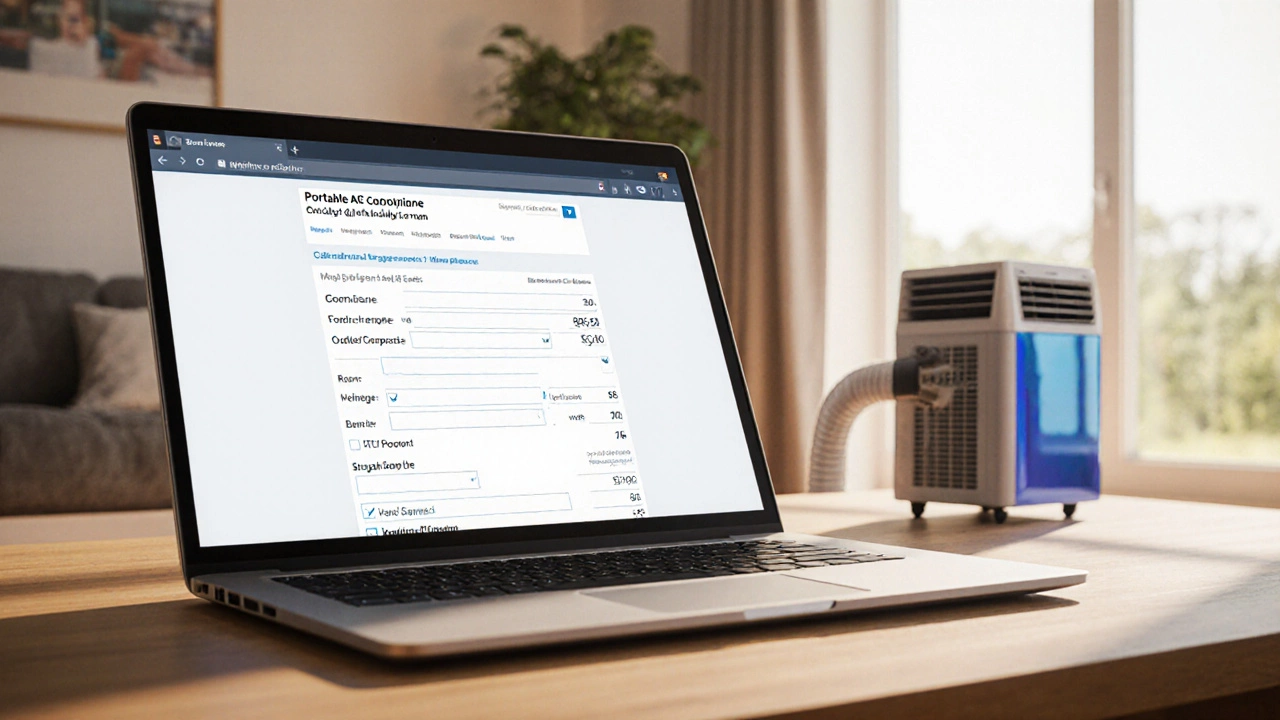Wondering how many hours a day you should keep the AC on? You’re not alone. Most people either crank it up all day and watch the electric bill explode, or they turn it off and end up sweating in the heat. The trick is to balance comfort, energy cost, and the life of your unit. Below you’ll get straight‑forward advice you can start using tonight.
First, understand that every hour the AC runs consumes power, but the amount isn’t constant. When the unit first kicks on, it works hardest to bring the room down to the set temperature. After that, it cycles on and off, using much less energy. If you let it run nonstop, you waste power keeping a cold space that you probably won’t even notice. Plus, running 24/7 shortens the compressor’s lifespan and can lead to higher maintenance costs.
Portable air conditioners have the same pattern, but they’re usually less efficient than window or split units. A portable AC that runs all day can overheat, especially if the exhaust hose isn’t clear. That’s why many experts warn against a 24‑hour schedule unless you have a dedicated dehumidifier and proper ventilation.
1. Set a realistic thermostat. In the UK, 24‑26 °C (75‑79 °F) feels comfortable for most people. Every degree lower can add 3‑5 % to your energy use. If you have a programmable thermostat, set it to 78 °F (25 °C) during the day and drop a couple of degrees at night when you’re sleeping.
2. Use timers and sleep modes. Most modern ACs let you schedule on/off periods. Aim for 6‑8 hours of active cooling during the hottest part of the day. If you need a cool bedroom at night, switch the unit to a lower‑power “sleep” setting that runs slower but still keeps the room comfortable.
3. Match BTU to room size. A unit that’s too big will cycle on and off too quickly, wasting energy and causing humidity problems. A unit that’s too small will run nonstop trying to reach the set temperature. Use an online BTU calculator or check the product label to make sure you have the right size for the square footage.
4. Keep doors and windows closed. Every open door lets hot air in, forcing the AC to work harder. Seal gaps around windows with weather stripping, and consider a door draft stopper for the room you’re cooling.
5. Clean filters regularly. A clogged filter reduces airflow, making the compressor work longer. For portable units, check the filter weekly during summer; for split or window units, a monthly check is enough.
6. Use fans to circulate cool air. A ceiling or floor fan helps spread the chilled air, letting you set the thermostat a few degrees higher without sacrificing comfort. This can cut energy use by up to 20 %.
Putting these steps together, most households find that running the AC for about 4‑6 hours during peak heat, plus a short night‑time cycle, hits the sweet spot. If you live in a particularly hot area, you might stretch that to 8 hours, but try to avoid a full 24‑hour run unless the climate truly demands it.
Bottom line: balance the temperature you set, the size of your unit, and how long you actually need the cool air. By timing your AC right, you’ll stay comfortable, keep your power bill in check, and give the compressor a longer, healthier life.

Learn how to determine the optimal daily runtime for a portable air conditioner, factoring in room size, humidity, BTU rating, and energy costs to stay cool efficiently.